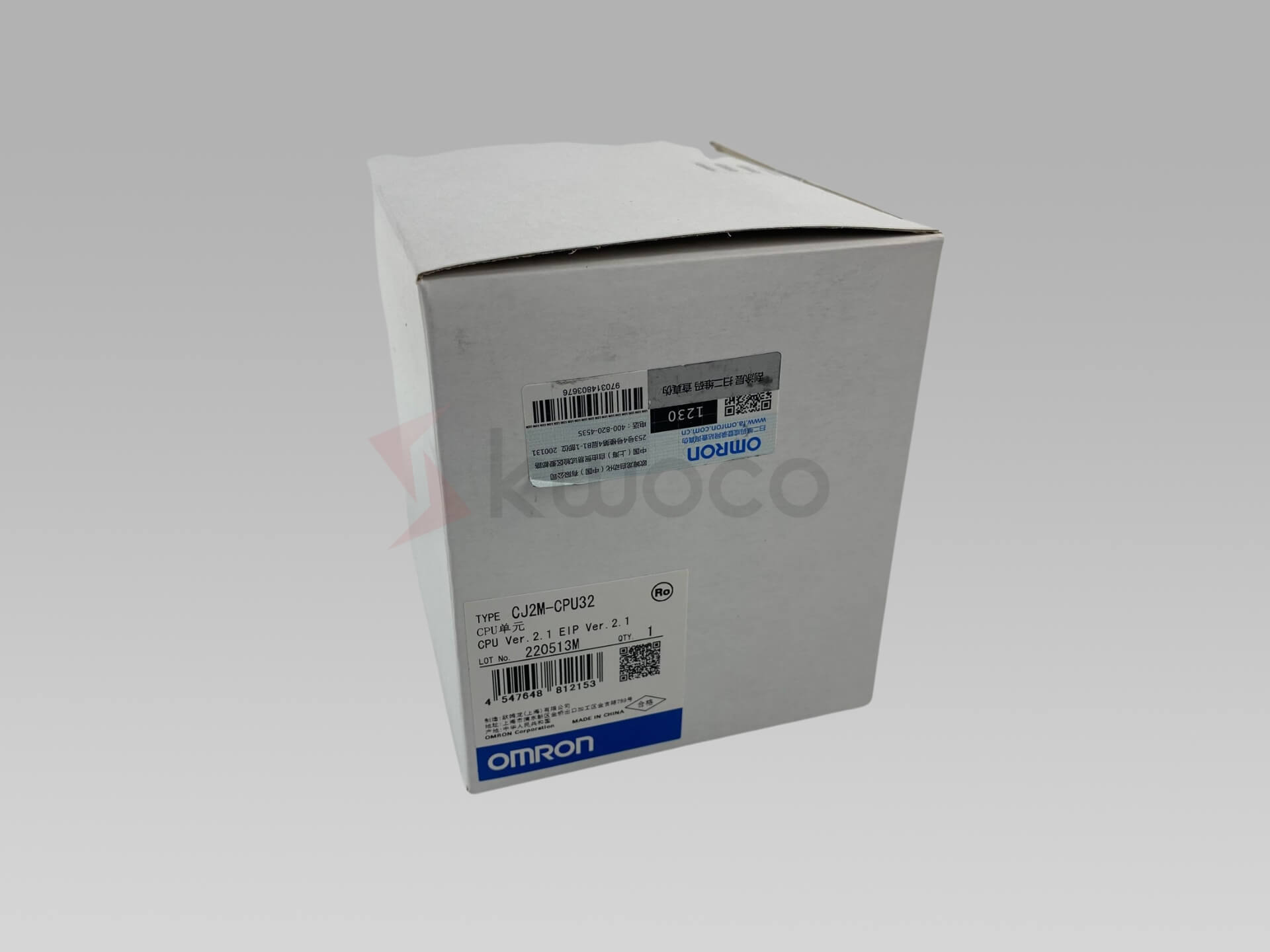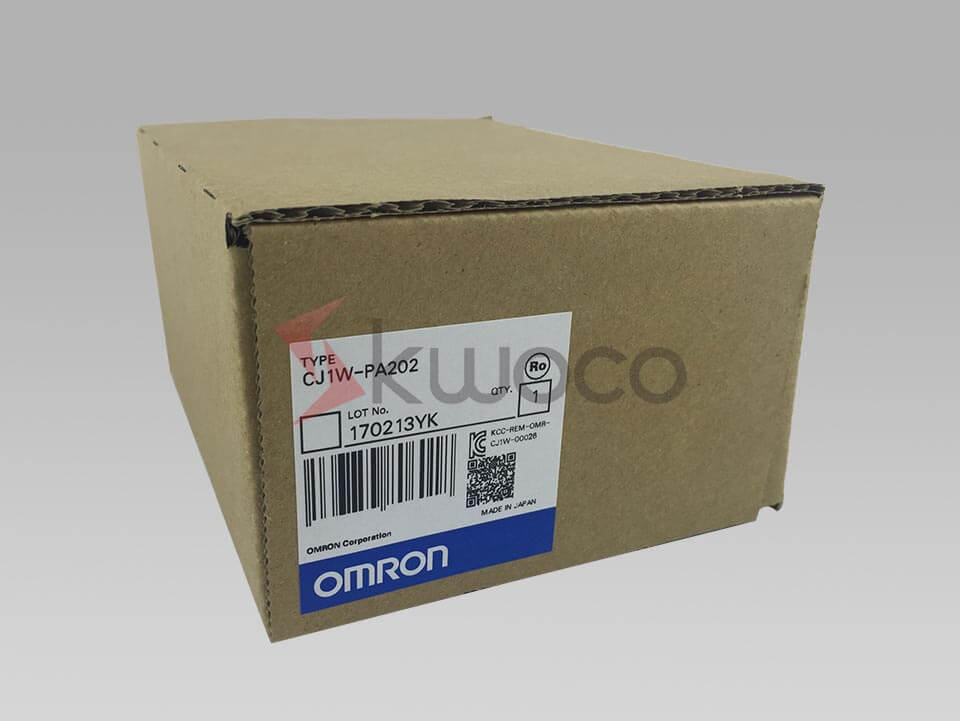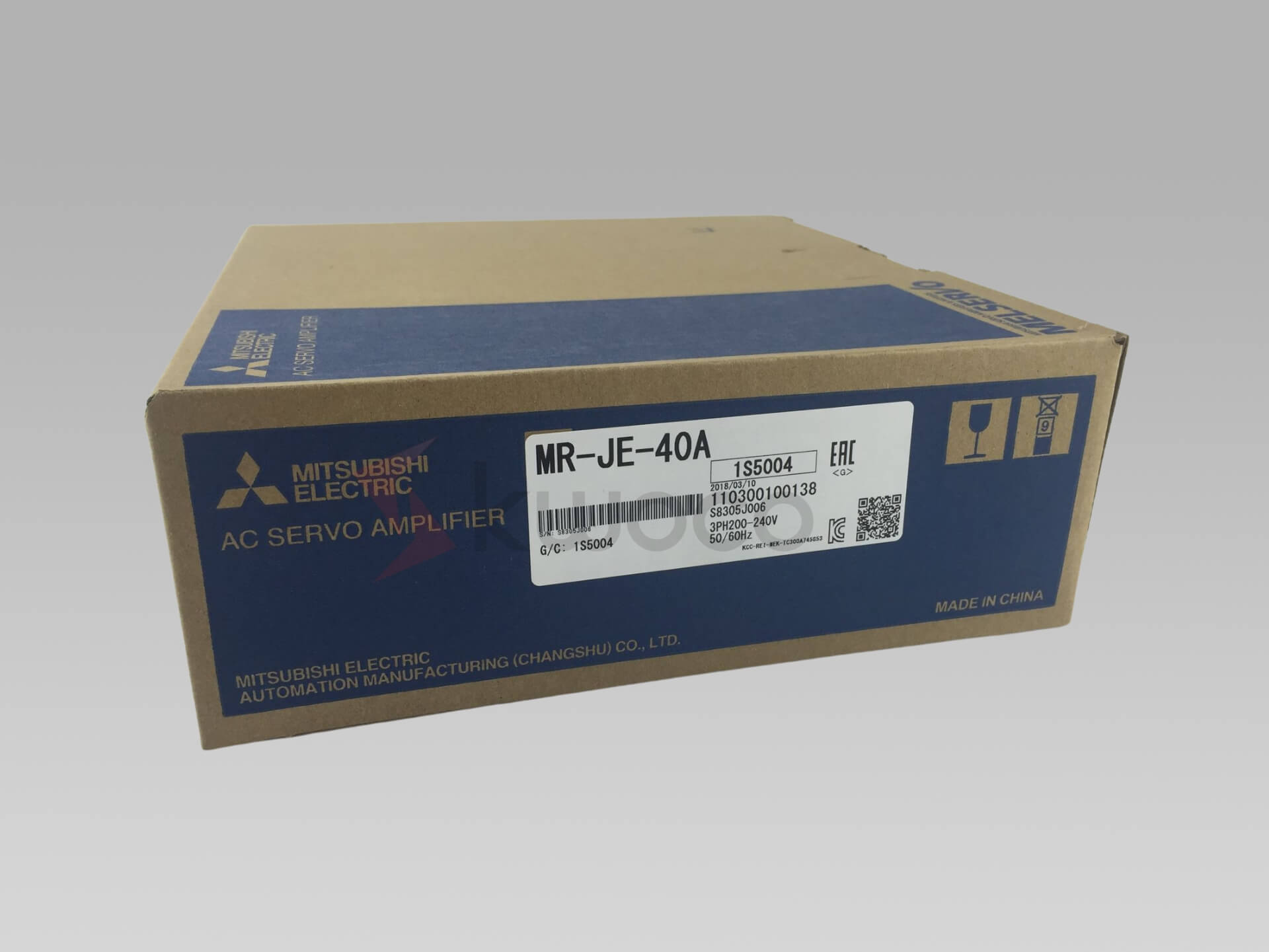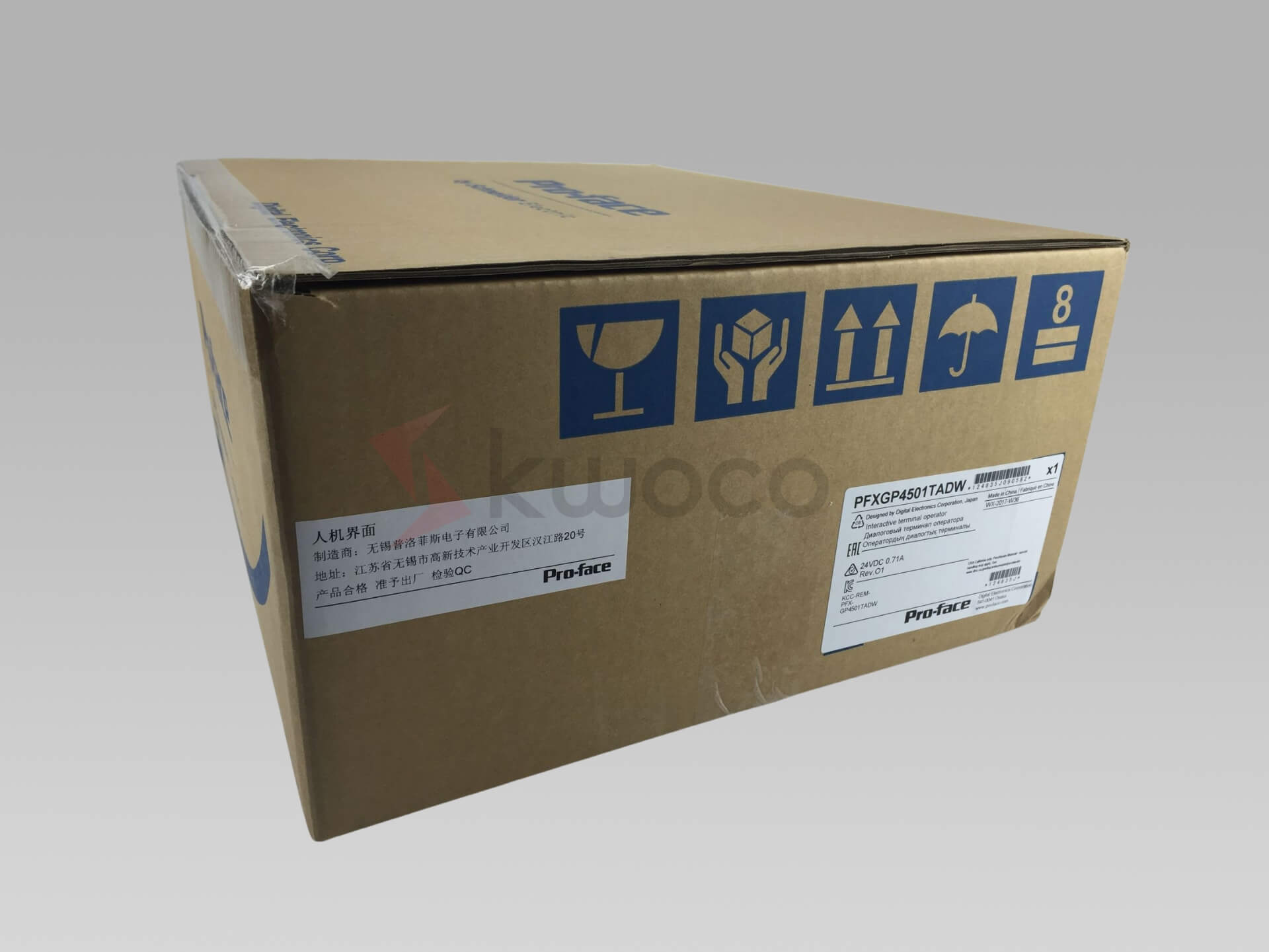Demystifying the Air Circuit Breaker: Your Comprehensive Guide
Table of Contents
What is an Air Circuit Breaker (ACB)?
An air circuit breaker (ACB) is an essential electrical device used to provide overcurrent and short-circuit protection for electrical circuits over 800 Amps to 10k Amps. These circuit breakers are used in low-voltage applications below 450V.
We can find these circuit breakers in distribution panels, electrical distribution system, motor control centers, and other critical locations. The basic function of the ACB is to isolate the circuit and stop the flow of electricity when an overload or fault occurs, protecting the circuit from damage.
ACBs are a preferred choice in many industrial settings because they can handle high currents and are relatively easy to maintain. They work by using air as a dielectric medium to extinguish the arc generated when the circuit is interrupted.
Unlike oil circuit breakers, which use oil as the insulating and arc quenching medium, ACBs are considered more environmentally friendly. In addition, circuit breakers are widely used in applications requiring frequent switching, like motor starters.
This is a robust electrical device used for controlling the power station auxiliaries and industrial plants. These circuit breakers operate using ambient air to stop the flow of electricity.
How Does an ACB Operate? Understanding the Working Principle
The working principle of an air circuit breaker is fascinating. When a fault occurs, such as an overcurrent or a short circuit, the ACB’s internal mechanism detects it. The breaker trips and the contacts separate, which creates an arc.
The main objective is to safely extinguish the arc. This is achieved through a component called the arc chute, also known as the air chute. The arc chute is designed to cool and elongate the arc, increasing the resistance of the arc until it can no longer be sustained. The contacts separate when a fault occurs and an arc is formed within the arc chute.
There are two types of contacts within an ACB: the main contact and the arc contacts. The main contacts are made of copper and carry the normal load current. The arc contacts are made of carbon and are designed to withstand the arc during the interruption process.
Air circuit breakers operate at a system voltage of 1kV. The ACB utilizes two pairs of contacts to ensure efficient arc quenching. ACBs use two pairs, or two types of contacts: the main contact carries the current, and arc contacts, which extinguish the arc when the circuit is interrupted.
The ACB working principles of DC and AC are the same. The main contact is made of a copper alloy for good conductivity, while the arc contacts are made of carbon. When the contacts separate, the arc initially strikes between the main contacts but quickly transfers to the arc contacts due to the magnetic field produced by the blowout coils.
This principle is known as magnetic blowout. The magnetic field provided by the current in the blowout coils forces the arc into the arc chute, where it is cooled and extinguished.
Exploring the Different Types of Air Circuit Breakers
There are primarily three types of air circuit breakers or four types of ACBs: plain break type, magnetic blowout type, air chute air break circuit breakers, and air blast circuit breakers.
Each type has its unique design and method for extinguishing the arc. The choice of type depends on the specific application and the level of current and voltage involved.
- Plain Break Type ACB: This is the simplest form of ACB. It relies on the natural elongation and cooling of the arc in the air to extinguish it. These are generally less efficient than other types, especially at higher currents.
- Magnetic Blowout ACB: These ACBs use a magnetic field to force the arc into an arc chute. The magnetic field is usually generated by a coil that carries the circuit current. This method is more efficient than the plain break type.
- Air Chute Air Break Circuit Breaker: This type utilizes a specially designed arc chute to enhance the cooling and elongation of the arc. The arc chute is divided into multiple sections, and the arc is forced to move through these sections, which increases its resistance and aids in its extinction. This is the working principle of air chute air break circuit breakers.
- Air Blast Circuit Breaker: This type uses a blast of compressed air directed at the arc to extinguish it. These are typically used in high-voltage applications and are very effective in interrupting large currents. This air blast can be used to cool down the arc.
Mitsubishi HMI is one of the most popular and powerful lines of industrial automation products available in the market.
Where are ACBs Used? Applications Across Industries
Air circuit breakers (ACBs) find applications in a wide range of electrical settings. They are commonly used in industrial plants, data centers, commercial buildings, and even large residential complexes.
ACBs are particularly important in settings where the interruption of high currents is necessary, such as in motor control centers, power distribution panels, and transformer protection systems.
Here’s a table showcasing some common applications:
| Industry | Application |
|---|---|
| Industrial Plants | Motor control, power distribution |
| Data Centers | Power backup systems, server rack protection |
| Commercial Buildings | Main power distribution panels |
| Power Generation | Transformer protection, generator control |
ACBs are used for controlling the power station auxiliaries and industrial plants. In particular, air circuit breakers are used in low-voltage and switch gears applications because of their reliability and efficiency.
For example, a large factory might use an ACB to protect its main power supply or to control a high-current motor. Schneider PLC is a robust and versatile automation solution trusted by industries worldwide, and it is used for controlling power and is available in the market. You can learn more about it through this link: Schneider PLC.
Why Choose an ACB Over Other Circuit Breakers?
ACBs offer several advantages over other types of circuit breakers, such as oil circuit breakers. They are generally more environmentally friendly since they don’t use oil, which can be a potential hazard.
Additionally, ACBs are known for their high interrupting capacity, making them suitable for applications involving high currents. Their relatively simple design also makes them easier to maintain compared to some other types of circuit breakers. You might ask, why use an ACB? Because they are environmentally friendly and have a high interrupting capacity.
Compared to molded case circuit breakers (MCCBs), ACBs are generally used for higher current ratings. Smart circuit breakers are another category that is gaining popularity. They offer advanced features like remote monitoring and control.
ACBs have replaced oil circuit breakers in many low-voltage applications, especially where environmental concerns are a priority.
Frequently Asked Questions
The main function of an air circuit breaker is to protect electrical circuits from damage caused by overcurrent or short circuits. It does this by interrupting the flow of electricity when a fault is detected.
An ACB extinguishes the arc by using an arc chute, which cools and elongates the arc, increasing its resistance until it can no longer be sustained. Some ACBs use a magnetic field or a blast of air to assist in this process.
The main types are plain break, magnetic blowout, air chute, and air blast circuit breakers. They differ in their methods of extinguishing the arc.
ACBs are more environmentally friendly as they don’t use oil. They also have a higher interrupting capacity and are generally easier to maintain. Also, they have a lower contact resistance.
ACBs are typically used in low-voltage applications, generally below 450V.
Power your projects with brand-new, original Omron, Mitsubishi, Schneider PLC – in stock, ready now!
Conclusion
- An air circuit breaker (ACB) is a crucial device for protecting electrical circuits from overcurrent and short circuits.
- ACBs use air as the dielectric medium to extinguish the arc created when interrupting the circuit.
- There are types of air circuit breakers (types of ACBs), including plain break, magnetic blowout, air chute, and air blast.
- ACBs are widely used in industrial plants, data centers, and commercial buildings.
- ACBs offer advantages over oil circuit breakers, such as being more environmentally friendly and having a higher interrupting capacity.
- When the electromagnetic fields are weak, plain air breakers are used to extinguish the arc.
- The arc chute air break circuit breakers are commonly used for low-voltage applications.
- Air blast circuit breakers use compressed air to extinguish the arc across the arc path.
Contact Us
Just fill out your name, email address, and a brief description of your inquiry in this form. We will contact you within 24 hours.
You May Also Find These Topics Interesting
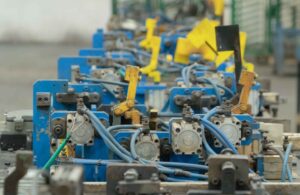
Limit Switches Explained: Types, Uses, and Working Principles
Limit switches are a critical component in numerous devices and machines, playing a key role in detecting the presence or absence of an object. Whether it’s a refrigerator door or an industrial machine, limit switches are behind-the-scenes heroes, performing functions that ensure smooth operation and safety.
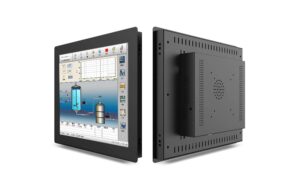
LCD, Digitizer, or Touchscreen Woes? Find the Perfect Industrial Display Solution!
Is your industrial equipment’s display cracked, unresponsive, or simply outdated? Understanding the difference between LCDs, digitizers, and touchscreens is crucial for effective repairs and upgrades. This article dives deep into the world of industrial displays, helping you diagnose problems, choose the right replacement parts, and optimize your machinery for peak performance. We will walk you through what is the digitizer, what is lcd, what is the touchscreen! It’s time to stop guessing and start fixing!
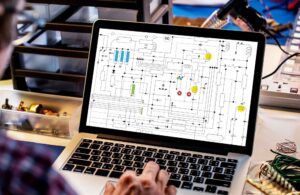
Essential Guide to PLC Failures & Troubleshooting Techniques
Programmable Logic Controllers (PLCs) are vital in modern automation systems, serving as the backbone of countless industrial processes. Their role in managing machinery and coordinating systems is indispensable. However, like any technology, PLCs are subject to faults and failures over time.

